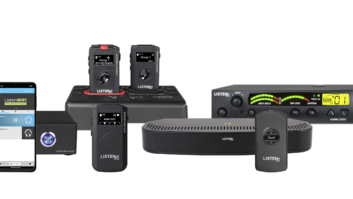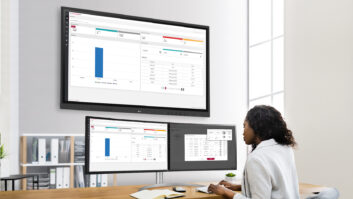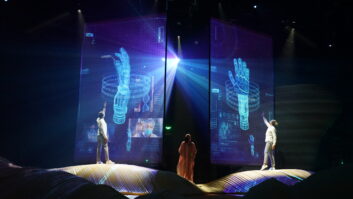
A common theme at this year’s BETT was the need for education organisations to develop a clear roadmap for the adoption of digital services. However, many schools and colleges are struggling to keep pace with the rate of technological change and are finding it increasingly difficult to know when and how best to implement new technology. The successful adoption of digital tools and technologies requires a clear roadmap outlining how the technology will support wider organisational objectives, which in turn needs to be underpinned by an approach that supports greater use of data to aid the adoption of digital services.
Defining the Digital Roadmap
Schools and colleges are being asked to adopt new approaches to teaching and learning that fit better with the expectations of students and employers. In response, most are turning to technology, but many are finding that it is not as simple as just implementing new technology in place of old. Successfully integrating digital technology requires a clear strategy that identifies the long-term priorities of the organisation, what organisational changes need to occur to achieve these priorities and then identifies which digital technologies will deliver best against these priorities. With the right technology platform, solutions and industry partners, schools and colleges can create learning environments that support the development of new pedagogies and a student-centric approach to learning.
There are several frameworks which schools and colleges can use to understand where they are in terms of the maturity of their IT strategy and some, such as Naace and DigCompOrg, push schools and colleges to consider the adoption of digital tools and their impact in a teaching environment. The problem with such frameworks is their lack of focus on the wider organisational changes that need to be made to successfully manage the implementation of digital services. New technologies require a new approach to architecting IT.
Moving from Traditional IT to Digital Services
The classroom is still very much the focus when schools and colleges are considering where to adopt technology, and a large percentage of education organisations IT spend is still given over to hardware, especially interactive whiteboards, displays and devices. However, these devices are increasingly being sold as connected rather than standalone devices. As more devices become connected, the volume of data that can be captured and stored is increasing. No longer is data limited to written responses to test questions or attendance patterns, it will increasingly include video, voice and metadata capturing the when, where and why of interactions between devices, learners and teachers.
It is often said that the education sector is data-rich but slow to capitalise on opportunities presented by data and new analytical tools. Part of this is due to the siloed nature of data management within organisations. But institutions will find that as the volume and variety of data they collect mounts up, localised storage solutions will become a bottleneck to their ability to leverage data. Forcing schools and colleges to consider cloud-based approaches to storing, accessing and analysing data. It will then be easier to remove the siloed approach to data.
Data Integration and Analytics will Drive Personalised Education
The move towards a platform approach will generate demand for data integration services. Translating and combining data from Management Information Systems (MIS) / Student Information Systems (SIS), systems with other applications can be painful. As the number of separate systems has grown within organisations so has the complexity and potential for error. Many applications deployed in schools are standalone solutions. Combining data from different applications can require manual intervention or middleware to act as a translator. By removing data silos organisations can reduce the duplication of data capturing.
Overlaying analytics on top of data will provide greater insights into the use of educational resources and the progress students are making, schools will be better able to identify the teaching needs of groups within classes, allowing for a more personalised, student-centric approach to teaching. In turn, this will allow for targeted interventions and support the development of personalised learning. Adding machine learning and cognitive computing tools will allow schools to automate low-level processes such as marking and providing student feedback. Freeing staff to spend more time with individual groups needing one-to-one support.
Lines Between Student Safeguarding and Wellbeing in the Digital Age are Blurring
Education organisations are being tasked with taking a wider view of factors that could be impacting behaviour. Applying technology to social and emotional learning (teaching students about mental health and monitoring student wellbeing) has emerged as a parallel track to safeguarding over the last two to three years. In response, vendors are focusing on opening their platforms to interface with other key safeguarding systems and are starting to apply AI tools to contextualise risks by providing more insight into behavioural patterns that might indicate a person is at risk or in some cases not. Vendors like Impero and Smoothwall are focusing on identifying and measuring factors of wellbeing by looking at a students’ safeguarding history, behavioural, medical and mental health issues and needs, and combining this with alert prioritisation.
Effectively adopting digital technologies is not just about embedding new technology into old ways of working. It requires wider change across teaching, learning and administrative processes. The traditional approach to technology adoption, where IT change programs are viewed separately from wider organisational changes will not be fit for purpose considering the challenges facing the sector.






